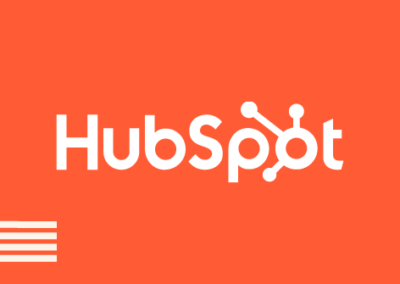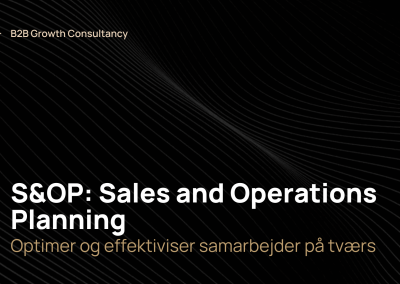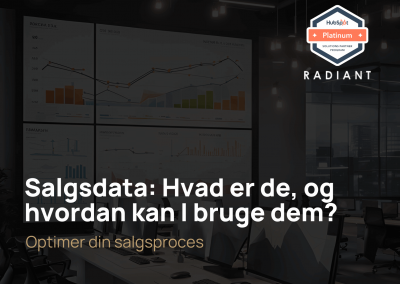Marketing and sales are about delivering the right message to the right person at the right time. It can be difficult in a fragmented media landscape, and at the same time, customer segmentation is becoming more important.
In the old days, before the internet and social media existed, communication with potential customers took place through few media channels. Therefore, you had to communicate to a much wider audience. Today, it’s the opposite. There are many different platforms, where you can engage with the customers and communication now takes place more or less one-on-one.
It places greater demands on marketing and sales. You need to know, where your target audiences are, what their needs are, and how to solve their problems. If you want to mastering HubSpot B2B marketing segmentation is vital.
There are many ways to do this. One of them is customer segmentation. Here at Radiant, we use a large number of systems and market databases such as Vainu and Lasso X integrated into HubSpot, but you can also do it more simple. In such cases, we, as a HubSpot partner, prefer to use HubSpot. Demographics, needs and digital habits are some of the ways you can segment. Also, customer surveys or lead scoring are ways to segment.
Below, we look at how you can use lists as part of your customer segmentation. For more inspiration, we recommend that you read the article: “3 tips for segmenting the customer database in HubSpot”.
Use customer lists as segmentation in HubSpot
With HubSpot list segmentation you get the opportunity to divide both customers and visitors of your website into groups, so you can tailor the experience in the sales process.
The customer lists are prepared based on various criteria you set up yourself. You can use them to keep track of where in the buying journey leads are, so you can time both marketing and sales activities. Thus, increasing the likelihood of a sale.
To give you an understanding of how to use HubSpot for segmentation, we have put together an imaginary example; you run a business that sells a payroll platform to Danish companies.
In this connection, you could, for example, segment based on the following criteria:
- Leads that have an address or IP address in Denmark
- Leads that work in a company with less than 500 employees
- Leads that have visited your website within the last month
- Leads that have spent a minimum of 5 minutes on the landing page for prices
- Leads that have signed up for your newsletter or downloaded specific material
The possibilities are endless. You decide which criteria to use for the segmentation. The advantage is, that your salespeople know, that a lead does not qualify for being contacted just because it has a Danish IP address or has visited your website within the past month. On the other hand, a lead has visited the website several times, shown interest in the price list, and downloaded your e-book is so far in the buying journey for a salesperson to engage with the lead. Hence, an optimized sales process.
In addition, the segmentation lists have the strength that makes it possible for you to target your marketing materials. The person, who has already downloaded the e-book, needs a different mail flow than the person who has just visited the website for the first time. Fully automatic.
Get help from a certified HubSpot partner
As you may have read above, there is some connection between customer segmentation and lead scoring. That’s why you should approach the process properly, to get the results you need.
At Radiant, we are a certified HubSpot Partner. This means, that we can help you get off to a good start with both customer segmentation, lead scoring, and marketing automation. It’s simple once you have the right tools. We will not only guide you, we will also execute your B2B sales with you. We call this concept Sales as a Service.
FURTHER READING: B2B marketing automation & HubSpot – a match made in heaven



